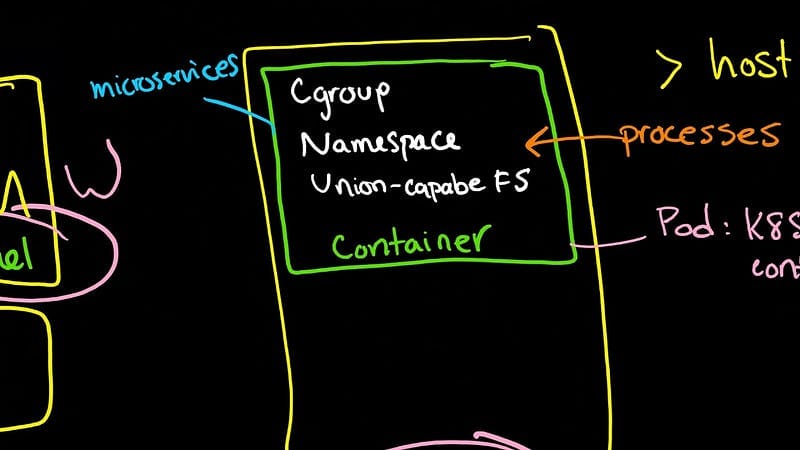Understanding Linux Namespace Types
Namespaces are a feature of the Linux kernel that provides process isolation and resource management at the kernel level.

Namespaces are a feature of the Linux kernel that provides process isolation and resource management at the kernel level.
They enable processes to run within their isolated environment, separating them from the rest of the system.
They have become the backbone of containerization, allowing the development and rise of container technologies like Docker and Kubernetes, enabling the creation of lightweight, portable, and scalable containers.
In this article, I will cover the types of namespaces and their specific use cases.
Let’s dive in!
PID Namespace
The PID (Process ID) namespace isolates the process ID number space, meaning each has its unique set of PIDs. This isolation prevents processes from different namespaces from interacting with each other, ensuring a secure environment.
Use Case: Allows multiple containers to run independently on a single host without conflicting process IDs.
Mount Namespace
The Mount namespace isolates the file system hierarchy, enabling each process to have its own mount points and file system views.
This segregation prevents processes from accessing or modifying the file system of other namespaces, utilizing a separate set of mount points for each namespace, ensuring that file system operations like mounting and unmounting do not affect other namespaces.
Use Case: Allows each container to handle its file system view and sandboxing applications to restrict its file system access.
Network Namespace
The Network namespace provides isolation for network interfaces, routing tables, and firewall rules. Each namespace has its network stack, which allows for independent networking configurations.
Use Case: In container environments, where each container requires an independent network configuration, it allows for isolating network resources for security purposes.
UTS Namespace
The UTS (UNIX Time-Sharing System) namespace isolates system identifiers, such as the hostname and domain name, to prevent process conflicts.
Use Case: Ensure that each container has its own hostname and domain name, also sandboxing applications to prevent them from altering system identifiers.
IPC Namespace
The IPC (Inter-Process Communication) namespace segregates IPC mechanisms like message queues, shared memory, and semaphores.
This isolation ensures that processes cannot access or manipulate IPC resources belonging to other namespaces.
Use Case: Isolates IPC resources in container environments, preventing unauthorized access.
User Namespace
The User namespace enables user and group ID isolation, allowing processes to run with different user and group privileges within separate namespaces.
At a low level, the User namespace maps user and group IDs within a namespace to different user and group IDs on the host system. This mapping allows for the isolation of user privileges, providing enhanced security and flexibility.
Use Case: Allow processes to run with different user and group privileges, isolating applications to restrict their access to system resources based on user and group permissions.
Time Namespace
The Time namespace isolates the system clock and time-related resources, providing independent time views for each process.
This isolation allows processes to have different system times, enabling time manipulation for testing or simulation purposes.
It leverages separate system clock instances for each namespace. This ensures that changes to the system time within a namespace do not affect other namespaces or the host system.
Use Case: Time namespaces are helpful in scenarios where applications need to run with a different system time, such as testing time-dependent functionalities or simulating time-sensitive scenarios.
Clarifying the underlying layers beneath higher-level container solutions such as Docker, Kubernetes, OpenShift, and alike takes you a step further towards making the most out of Linux systems for hosting applications at scale.
Stay tuned, and happy coding!
Follow me on Medium, LinkedIn, and Twitter.
All the best,
Luis Soares
CTO | Head of Engineering | Golang & eBPF Enthusiast | Blockchain Engineer | Web3 | Cyber Security
#linux #kernel #namespaces #isolation #process #containers #docker #openshift #containerization #kubernetes #k8s #LLVM #compiler #application #softwaredevelopment #softwareengineering #backend #development #softwaredesign #security #technology #networking



